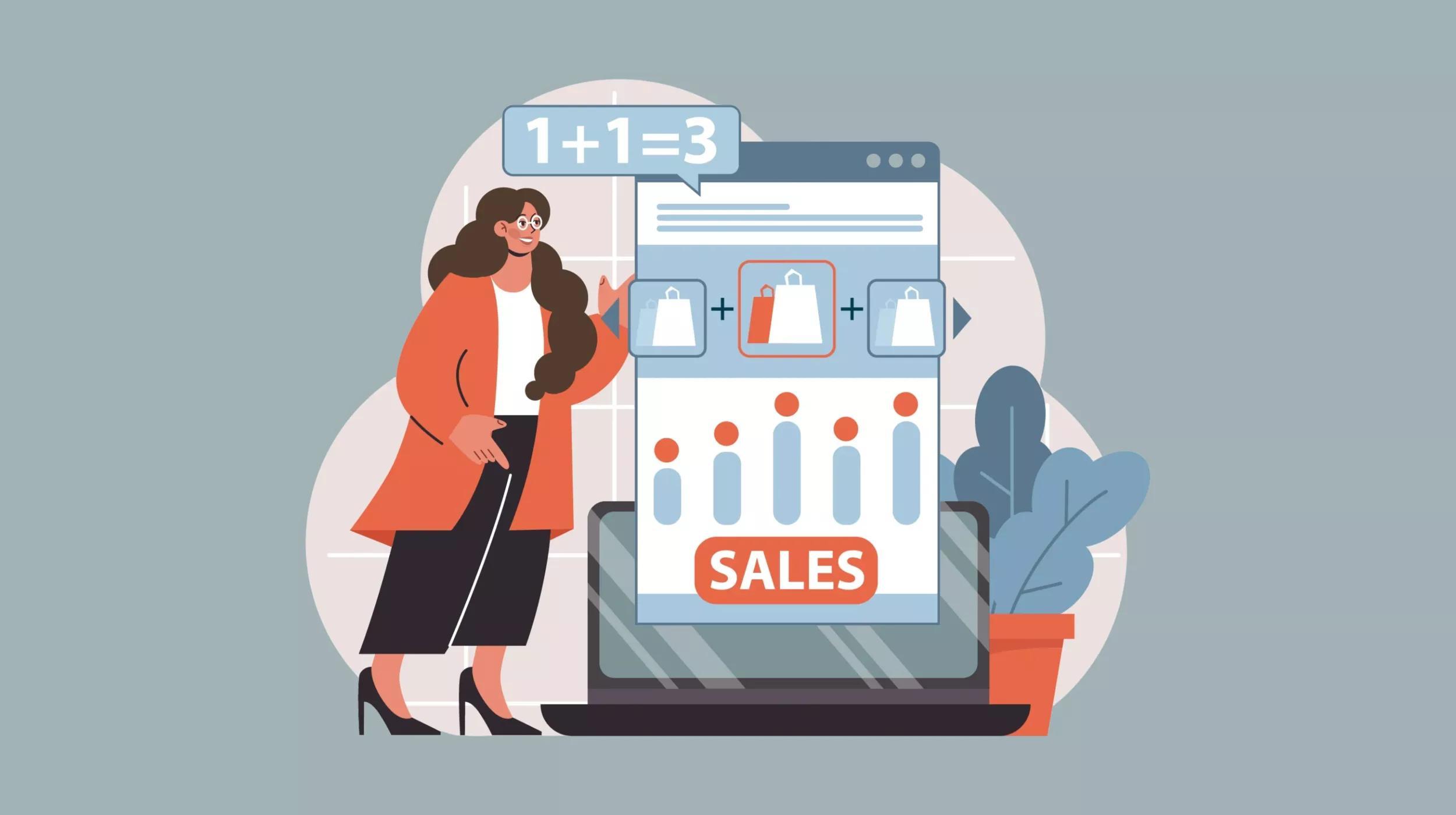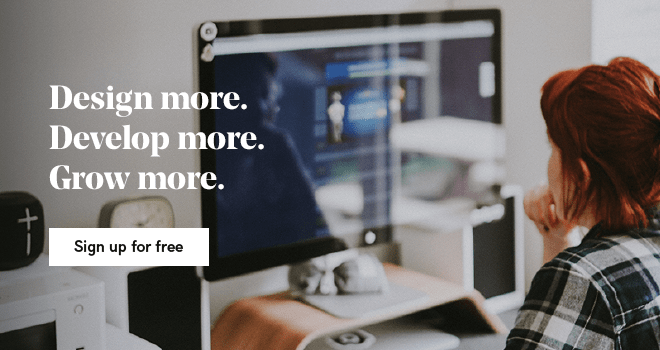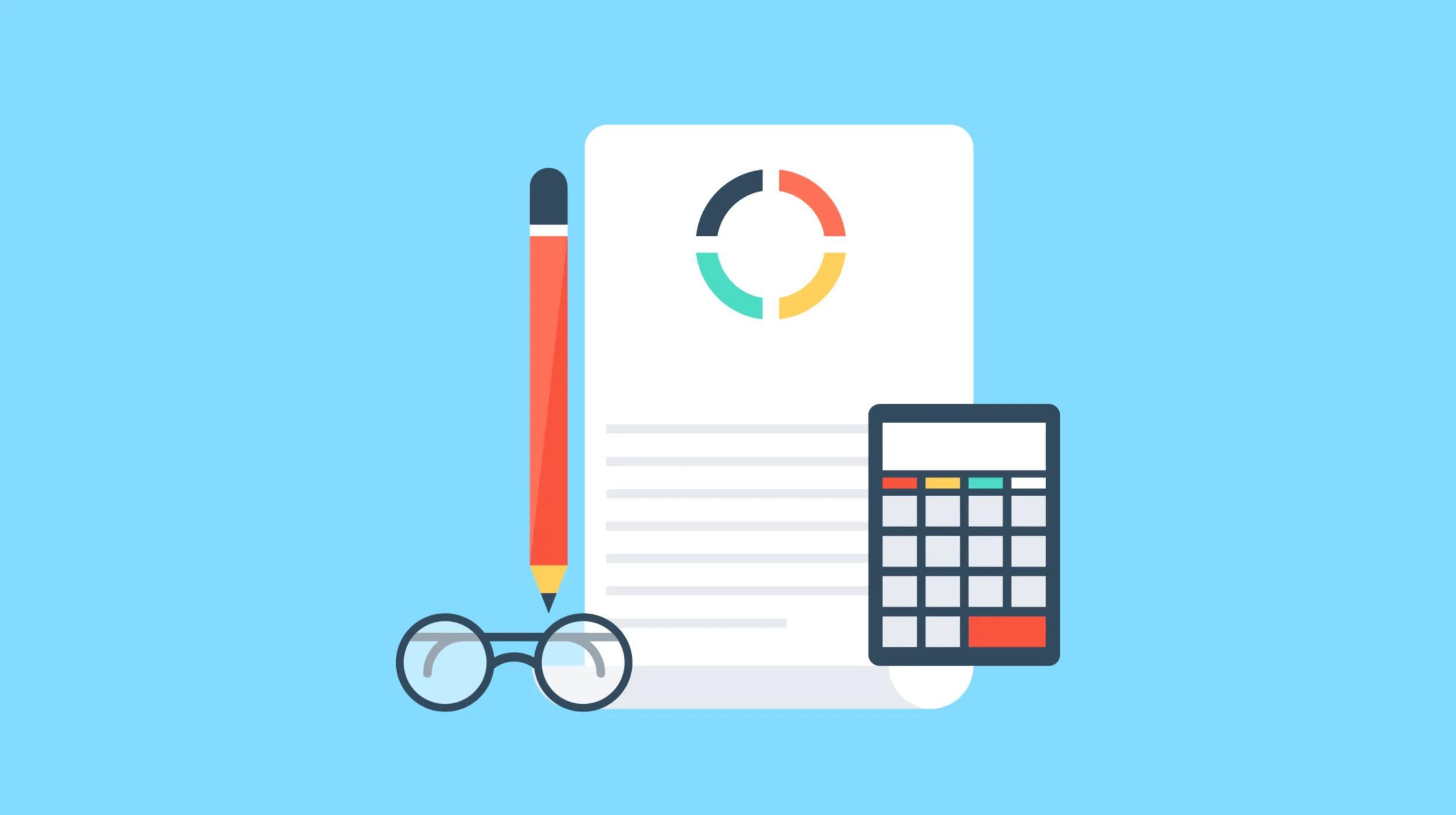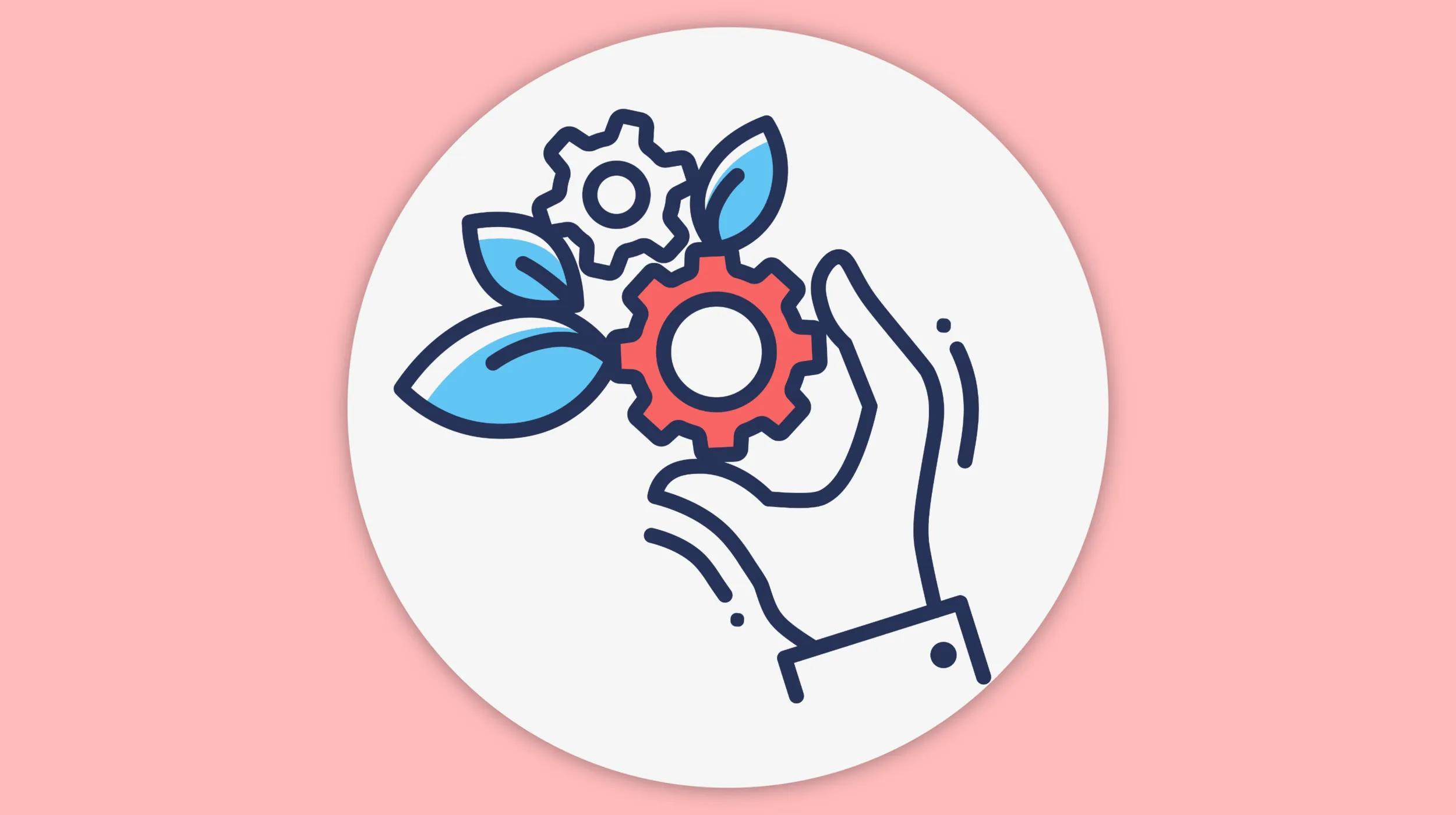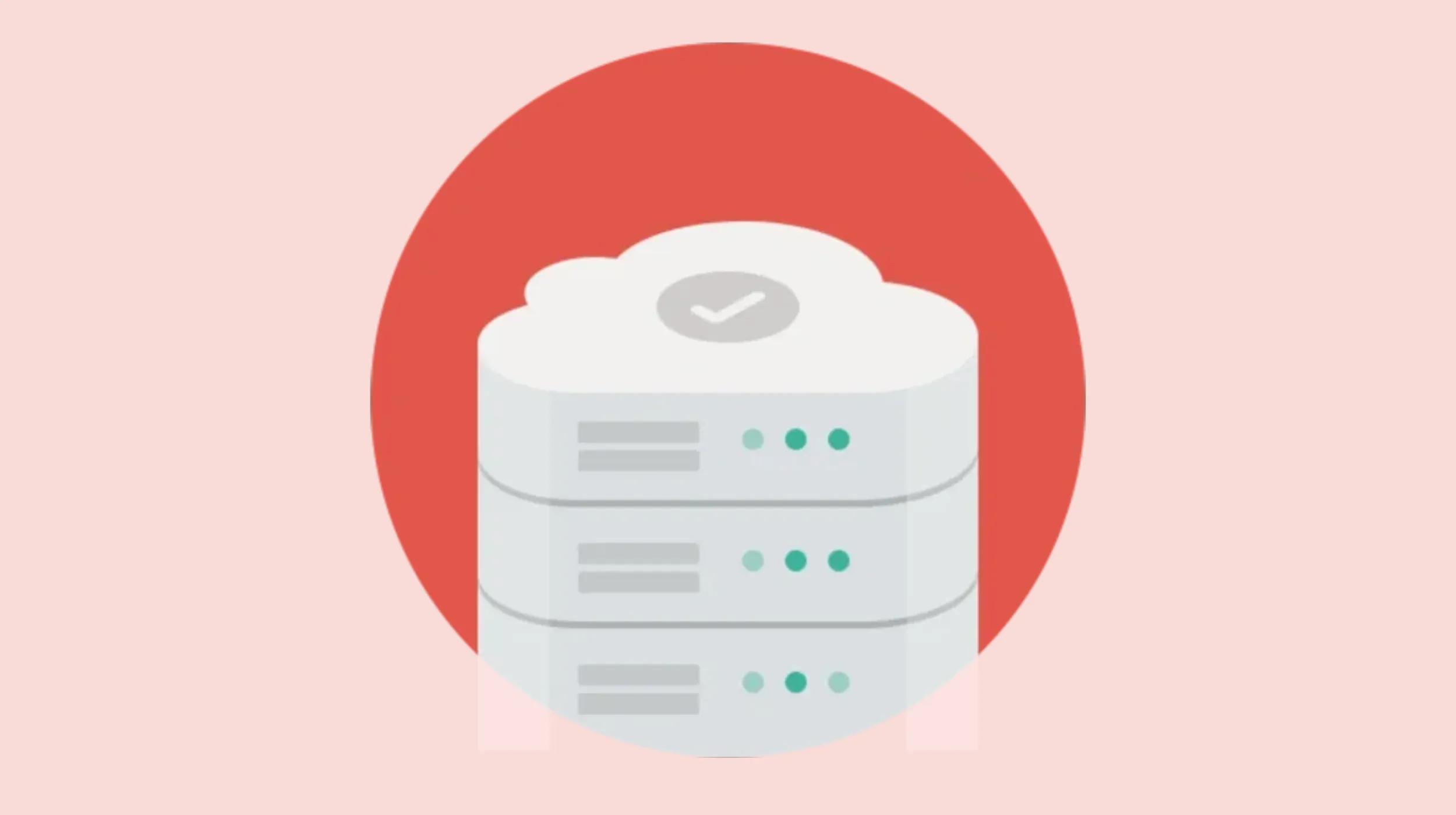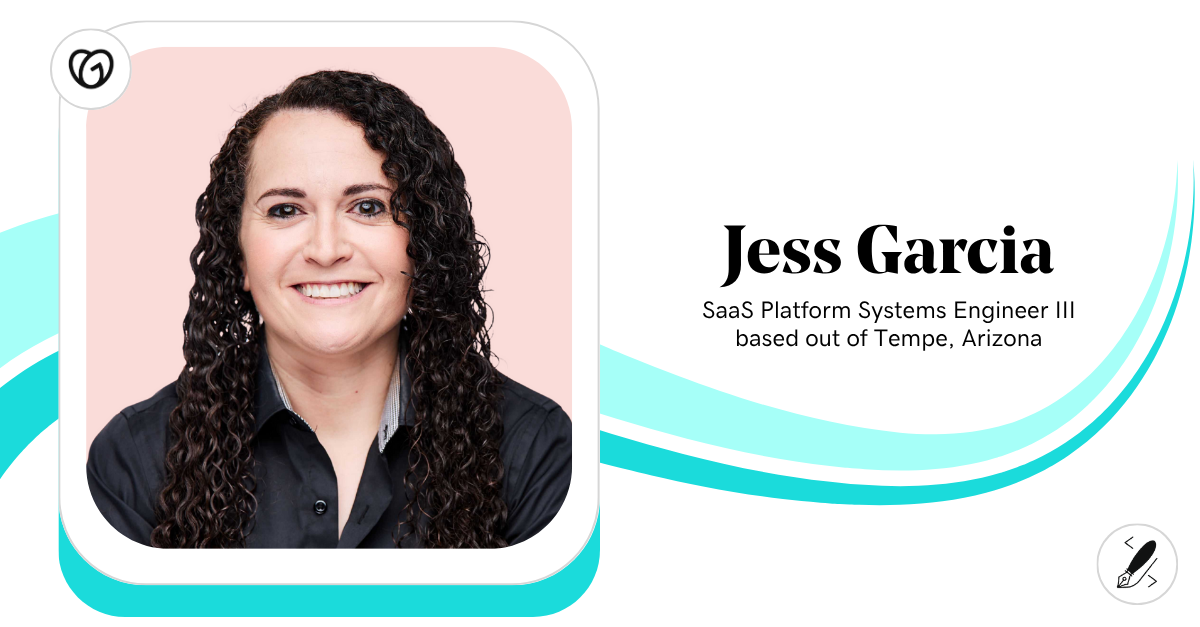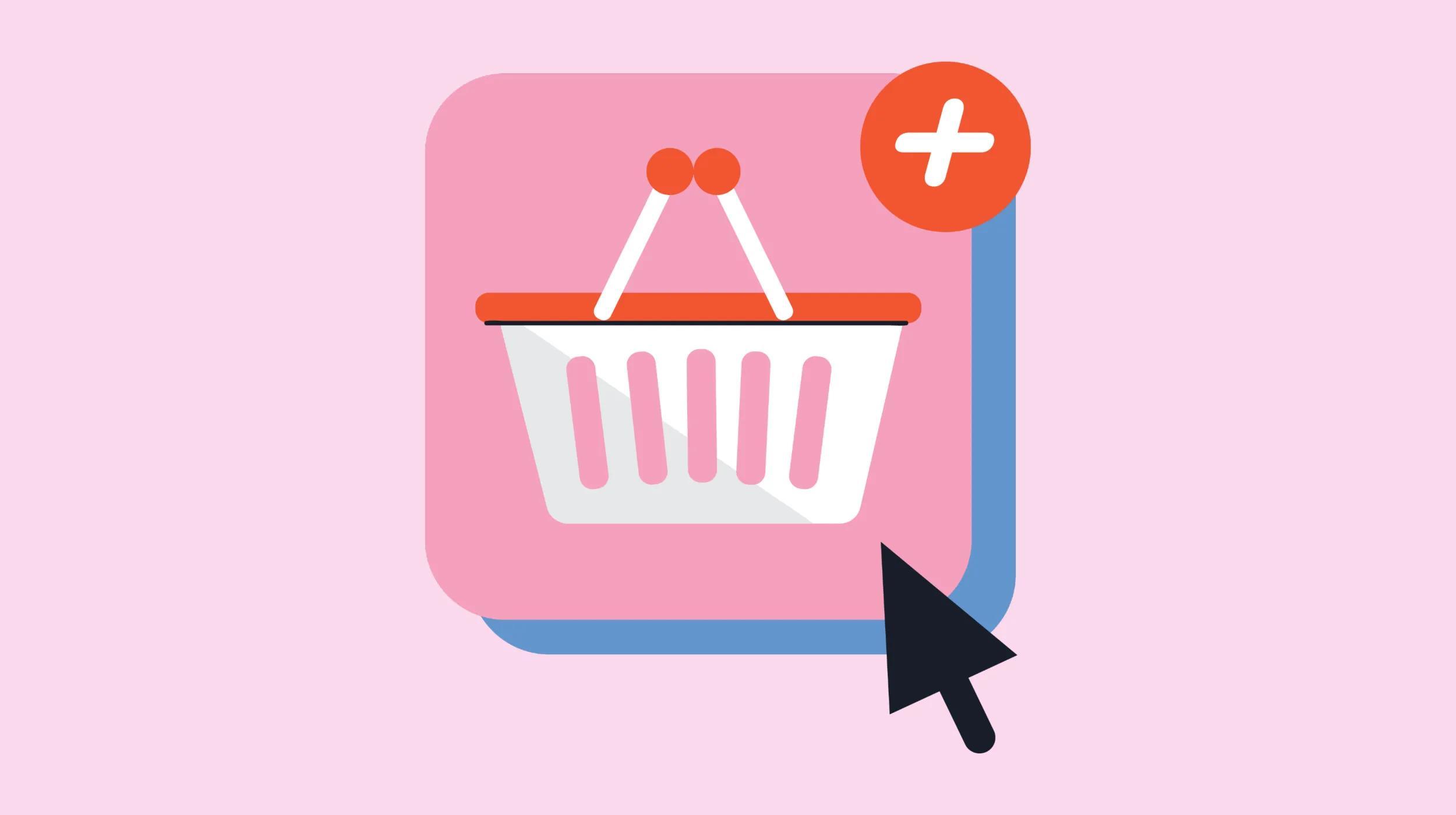Lucas Pate operates Department 14 Marketing, a St. Louis-based agency offering an array of services to help clients succeed online. Catch up with Lucas on Facebook, Instagram and YouTube.
The who:
Given a business name is so central to a brand, we tend to put a lot of importance on it. How did you arrive at a name, and how do you feel about it now that you’ve been in business a while?
I wanted a name that reflected my goal for the business — to be an extension of our clients’ marketing departments — which is why I landed on the name Department 14. I’ve never been into slapping my name all over a business or building, but I did want the business to reflect my involvement in some small way. The name Department reflects our goal to work like another department within the client’s business, and I chose 14 because there are 14 letters in my full name.
It has turned out to be a great decision. Our name is flexible enough that I’ve been able to utilize it as Department 14 Marketing (my marketing agency) and Department 14 Websites (my web design company).
With some brands, location is a key component. Is there anything about the place you live and work that’s shaped your own brand?
I don’t know that my location has really had much influence on our brand, except that when I started the business I was focused on providing high-quality marketing and design services to small businesses at an affordable price. This was driven by knowledge of how price sensitive small rural businesses have to be (especially in Missouri where I live).
There is a massive gap between the costs of living and doing business in small towns versus large cities. Even St. Louis prices are drastically different than those you’d find with an agency in New York or Los Angeles.
One significant advantage that we experienced from being a remote team was highlighted during the pandemic. As we experienced a surge of inbound requests, our team wasn’t left struggling to adjust to new work-from-home routines. Instead, we were able to cater to our clients and let their sense of place influence what we have to offer. This meant that we were able to offer services to those in the UK, Italy, and Australia, transforming our services to our clients’ specific needs.
How would you describe your professional experience and background?
Prior to starting Department 14, I worked in senior-level positions for a range of major companies including Nissan North America, Six Flags Inc., a couple of big national agencies, as a contributor on both the St. Louis Convention and Visitors Comission’s LGBTQ+ Task Force, and a handful of private companies. My particular areas of expertise are in design, event marketing, strategy, and analysis.

Could you describe the scope of your operation?
Because my company is intensely focused on being an integrated marketing partner for our clients, we really transform our scope of operation to meet the particular needs of any given client. We handle web design, ecommerce setup, lead generation, marketing automation, SEO, SEM, and inbound marketing. We also consult regularly with clients to help them implement new systems (like CRMs and marketing automation platforms), to improve their sales and marketing processes, and to gather better business intelligence data.
Some entrepreneurs describe an aha! moment, the instant they decided it was time to take things into their own hands. Could you describe any of those moments you’ve had?
I can describe the exact moment I decided to formally launch my business. It was a cold and stormy day in the year 1922… OK, obviously that’s not true. About three days after this photo was taken, I decided to make Department 14 my full-time job. This photo shows me making the rounds to local media outlets to promote the largest and most anticipated event hosted by the company with which I was employed.
Three days later, that company downsized due to new corporate ownership.
After gathering my wits, I decided that it was now or never. I picked up the phone and started calling past clients, emailing my extended network, texting old work friends, and DMing anyone I thought would listen. I explained exactly what I was doing and why I had made the decision to start my own agency. That day I landed my first client, and that picture came to symbolize the beginning of something really special.
The what:
What kind of projects do you prefer to work on?
Projects that are deeply integrated with a company or client’s operations appeal to me, ones which allow me to build a collaborative relationship and to solve multiple problems. I like to be involved, and I enjoy working with management teams or owners who are equally interested in working alongside our team. I’ve found that when you have really good two-way communication and collaborative work style, we are able to deliver much more value to the clients and drive the best results possible.
Could you describe your typical client (if you have a typical client)?
Department 14’s clients have never fit into any specific category. We’ve worked with non-profits, hospice organizations, auto and RV dealerships, financial institutions, manufacturers, and more. Usually we are collaborating with small and medium sized businesses with modest marketing budgets who require the absolute top value and return on their investment. We also really enjoy working with managers and owners who are involved in day-to-day activity and who will let us integrate with the company as an extension of their existing team.
In the past two years, we’ve started to delve more consistently into two growing markets: the recreational vehicles Industry and the manufacturing industry. These are two industries that have been slow to adopt robust digital presences and online marketing strategies, but now we are starting to see them make the move.
Sometimes we’re in a position where it’s necessary to turn down projects. What do those situations look like for you, and how do you manage them?
Transparency with potential clients is extremely important to us, and we take the integrity of our position seriously. That does mean we have to turn down projects. After we evaluate a client’s needs and goals, as well as our own capabilities, we determine whether or not the relationship is a good match.
When the goals and/or capabilities don’t align, we are just honest about it and politely explain why it wouldn’t be a good fit.
I absolutely abhor the phrase “fake it till you make it.” If we can’t deliver on a prospect’s goals or we know there isn’t good alignment between the work styles or cultures of our organizations — we just respectfully explain the situation. In the long term, it is better for our company and better for the prospect. I want to work on the right projects with the right clients to deliver the right results. In six years, I’ve only had one prospective client react poorly to this approach. Most are appreciative of our honesty, and some even come back when they know that a project will be right for us.
Performance is always important, but sometimes we have to pay close attention to value as well. How do you position GoDaddy products and services for your clients?
When we were building our web design business, we began by using GoDaddy for all our hosting and domain names. GoDaddy really helped us build our web design business. I liked how easy it was to use and that it ensured our clients maintained ownership. It gave our clients a sense of autonomy, and we didn’t have to worry about security.
Our team always evaluates value in a cost-versus-benefit equation.
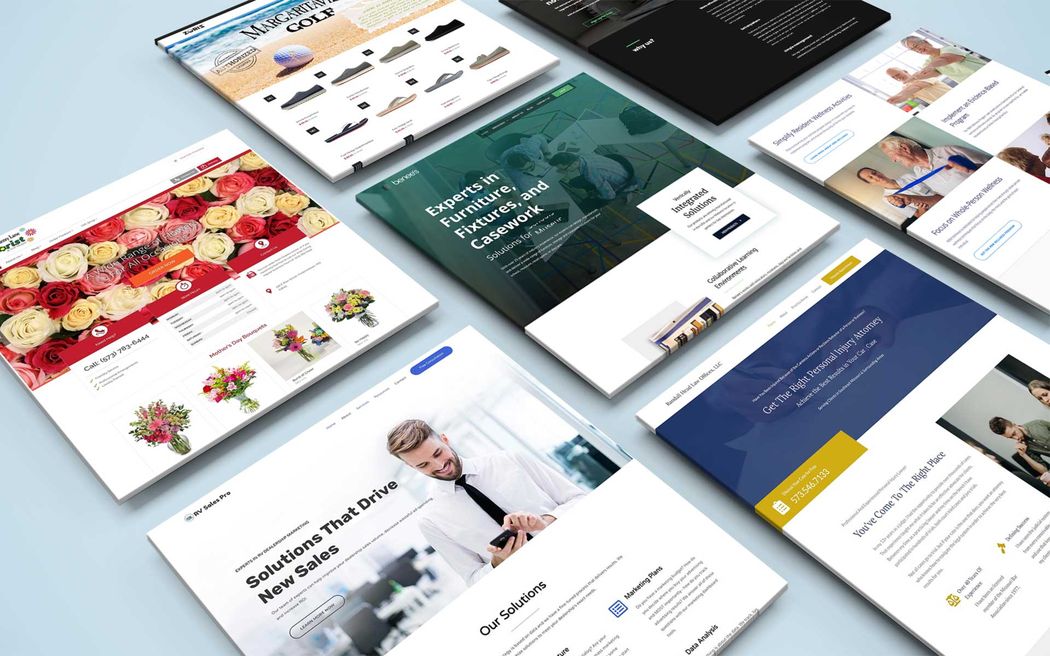
GoDaddy’s products fit really nicely with our clients who meet two criteria: those who are constrained by cost and those who need a straightforward platform to manage their hosting or domain name registrations. Furthermore, GoDaddy is a name our clients trust, and that trust can go a long way.
Could you describe a project that you feel exemplifies you at your best?
We recently completed a project for a startup that involved nearly every aspect of our capabilities. The project included branding, web design with ecommerce setup, packaging design, promotional videos, content creation, social media management, email campaigns, CRM integration, lead generation, and search engine optimization. We used GoDaddy to purchase the domain name for this project, and we loved being able to build everything from the ground up, assisting every step of the way.
The how:
An obvious metric for measuring our own success is how much you got paid versus how much time it took. In your experience, what are the advantages and drawbacks here?
I measure success by the value we are able to deliver to our clients. Of course, we need to be able to pay the bills, but early in the launch of Department 14 I adopted a phrase that has become a bit of a mantra.
It simply says, “We believe wholeheartedly that if we can’t do right by our clients (or our potential clients), then we need to find something else to do.”
I’ve also tried to greatly reduce the way we view billing for time. I implemented a value-based pricing structure to help shift the focus toward what we deliver versus how long it takes us. If we are doing our jobs correctly and efficiently - then we’ll stay on track and will deliver outstanding results, and that is ultimately what our clients care about. It is the satisfaction of a client, our internal efficiency, and our continued growth that indicate to me whether or not we have succeeded with a project.
How does GoDaddy Pro fit into what you do? Could you recommend any ways to get the most value out of it — especially to someone just starting out?
GoDaddy Pro really revolutionized the way we on-boarded web design clients and how we helped clients acquire their domain or hosting plans. Thinking about how valuable time is - the Pro Dashboard really allowed us to speed up the project kickoff time frame and simultaneously simplified things for our clients.
The number-one question we are asked by prospective clients is, “Who owns our domain and website content — you, or us?”
Something we do that could be valuable for those starting out is to explain, “Our clients own everything. We use GoDaddy Pro, so we’ll gather all the products in a cart and email them to you with a link. You will create your own account, complete the purchase, and then we’ll only have access to the parts we need as your designer/developer.”
GoDaddy Pro gives our clients an invaluable sense of security as we move forward on a project.
Imagine you could travel back in a time machine to a point where you were like, Forget this. I’m done! What advice would you give yourself?
That point nearly came about a year ago at the start of the pandemic as I experienced what felt like a mass exodus of clients from across the pond. It was a rough year in some respects, but things turned around in other areas.
In fact, it was this shift that allowed my clients to see how rethinking and reframing their approaches would help them build their businesses. The pandemic taught us all to be adaptable, and it was this flexibility that measured our success. So, my advice to Lucas from a year ago would be. CHILL OUT! Take a breath, regroup, and then keep moving forward.
What’s your parting shot for people who want to be like you when they grow up?
Words of advice can often sound trite, but there’s a reason for these platitudes. They work, and they have worked for many others. These four things may seem super simple, but there is some beauty in their simplicity. 1) Do what you are passionate about. 2) Be honest and real. Hype will only get you so far (usually backed into a corner). 3) If you’re considering a path of entrepreneurship, take time to seriously consider whether you need a $120,000 graduate degree… oh, and 4) remember to have fun!

